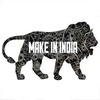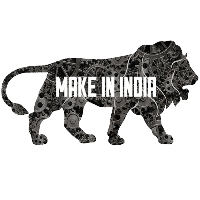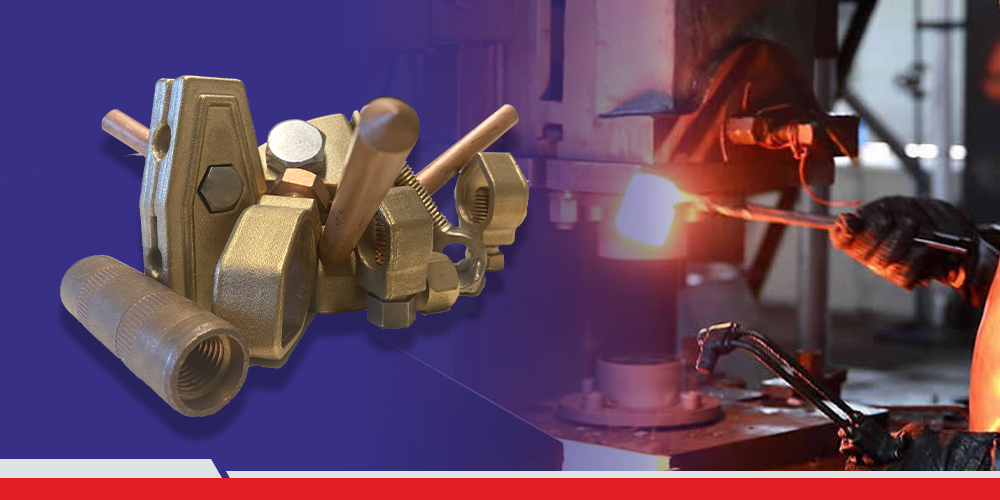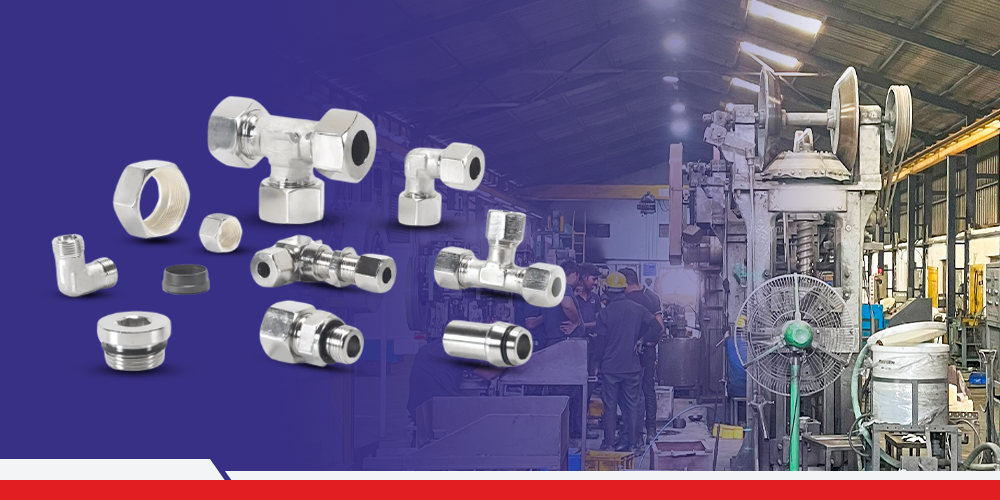Sales Inquiry
10 Things You Didn't Know About Non-Ferrous Forgings and Castings
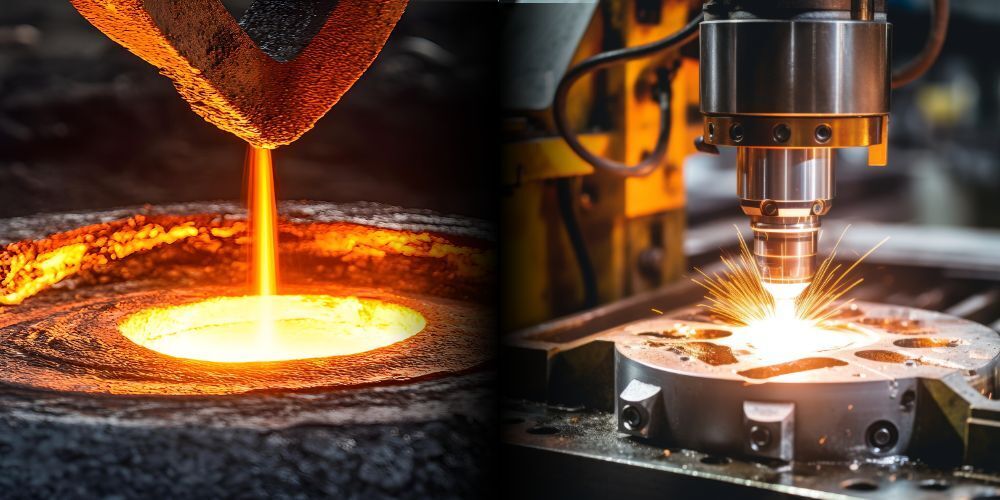
The world of metal manufacturing is vast and intricate, with various processes catering to specific needs. Here at IQS Engineering Solutions, we're passionate about providing high-quality metal components, including those made through non-ferrous forgings and castings. But these processes might hold some mysteries for you. Fear not! This blog delves into 10 fascinating facts about non-ferrous forgings and castings, shedding light on their unique capabilities and applications.
1. Not All Metals Are Created Equal: The World of Non-Ferrous
First things first, let's differentiate between ferrous and non-ferrous metals. Ferrous metals are iron-based, known for their magnetic properties and strength. Steel, the workhorse of construction and manufacturing, falls under this category. Non-ferrous metals, on the other hand, don't contain iron as their primary component. This diverse group boasts a range of properties, making them suitable for specialized applications. Some common non-ferrous metals include:
Aluminum: Lightweight, corrosion-resistant, and excellent conductor of heat and electricity.
Copper: Highly malleable and ductile, making it ideal for electrical wiring and plumbing.
Nickel: Renowned for its strength and resistance to corrosion and high temperatures. Used in alloys like stainless steel.
Titanium: Incredibly strong yet lightweight, with exceptional resistance to corrosion. Primarily used in aerospace applications.
2. Forging: Shaping Metal Through Force
Forging is a metalworking process that utilizes compressive forces to shape a heated metal billet into a desired form. Imagine a blacksmith hammering hot iron on an anvil – that's the essence of forging! Modern forging employs powerful presses or hammers to manipulate the metal. This process refines the grain structure of the metal, enhancing its strength and directional properties.
3. Casting: Molten Metal Takes Shape
Casting involves pouring molten metal into a pre-designed mold, allowing it to solidify into the desired shape. Think of making sandcastles on the beach – but with molten metal! Casting offers a cost-effective way to produce complex shapes with intricate details.
4. Non-Ferrous Forgings: Strength and Precision
Unlike ferrous metals, non-ferrous metals often require specific forging techniques due to their lower melting points and different flow characteristics. However, the benefits are undeniable:
Superior Strength: The forging process strengthens the grain structure of non-ferrous metals, leading to exceptional tensile strength, yield strength, and fatigue resistance.
Enhanced Toughness: Forged non-ferrous components exhibit better resistance to impact and deformation compared to their cast counterparts.
Dimensional Accuracy: Forging allows for precise control over the final dimensions of the component, minimizing the need for extensive machining.
5. Non-Ferrous Castings: Versatility and Intricacy
Casting reigns supreme when it comes to producing complex shapes with intricate details. Non-ferrous metals, with their diverse properties, offer:
Lightweight Solutions: Aluminum castings are a prime example, providing weight reduction benefits in applications like aerospace and automotive components.
Excellent Corrosion Resistance: Copper and nickel alloys cast beautifully, offering superior resistance to corrosion, making them ideal for marine environments and chemical processing applications.
Broad Range of Applications: From intricate electrical components to decorative architectural elements, non-ferrous castings offer unmatched versatility.
6. The Perfect Match: Choosing Between Forging and Casting
The choice between forging and casting for non-ferrous components depends on several factors:
Part Complexity: Complex shapes with intricate details are better suited for casting.
Strength Requirements: For applications requiring high strength and fatigue resistance, forging is the preferred choice.
Production Volume: Casting is typically more cost-effective for high-volume production runs.
Dimensional Tolerance: Forgings offer tighter tolerances compared to castings.
7. Beyond the Basics: Special Forging and Casting Techniques
The world of non-ferrous forgings and castings extends beyond the fundamental techniques. Here are some specialized methods used to achieve unique properties and applications:
Investment Casting: This technique creates intricate, high-precision castings often used for jewelry and aerospace components.
Die Casting: A rapid and cost-effective method for producing high-volume castings with good dimensional accuracy.
Isostatic Pressing: This technique creates near-net-shape components by applying uniform pressure on a mold filled with metal powder.
8. Quality Control: Ensuring Flawless Non-Ferrous Components
At IQS Engineering Solutions, we prioritize quality control at every stage of the non-ferrous forging and casting process. This includes:
Material Testing: We meticulously test the incoming materials to ensure they meet the required standards for composition and mechanical properties.
Process Monitoring: Our experienced technicians closely monitor the forging and casting processes to identify and rectify any deviations from the specifications.
Non-Destructive Testing (NDT): We utilize NDT techniques like ultrasonic testing, radiographic inspection, and magnetic particle testing to detect internal defects without damaging the components.
Dimensional Inspection: Precision measurement tools are employed to verify that the components conform to the specified dimensions and tolerances.
9. Applications Galore: Where You'll Find Non-Ferrous Forgings and Castings
Non-ferrous forgings and castings have found their way into a wide range of industries and applications. Here are a few examples:
Automotive: Engine blocks, transmission housings, suspension components, and brake calipers are commonly made using non-ferrous castings.
Aerospace: Aircraft parts like landing gear, turbine blades, and structural components benefit from the lightweight and corrosion-resistant properties of non-ferrous metals.
Electrical and Earthing: Non-ferrous castings and forgings are essential in producing electrical conductors, connectors, and heat sinks.
Marine: Ship fittings, valves, pumps, and marine hardware often incorporate non-ferrous components due to their corrosion resistance.
Architecture and Construction: Decorative elements, hardware, and structural components in buildings can be made using non-ferrous metals for their aesthetic appeal and durability.
10. Sustainability and Innovation: The Future of Non-Ferrous Forgings and Castings
The future of non-ferrous forgings and castings is marked by a focus on sustainability and innovation. Some key trends include:
Recycling and Reuse: Efforts are underway to increase the recycling of non-ferrous metals, reducing the demand for virgin materials and minimizing environmental impact.
Additive Manufacturing: While not a direct replacement for traditional forging and casting, additive manufacturing techniques like 3D printing are being explored for producing complex non-ferrous components.
Advanced Materials: Research and development are focused on developing new non-ferrous alloys with enhanced properties, such as higher strength-to-weight ratios and improved corrosion resistance.
Energy Efficiency: Innovations in forging and casting processes are aimed at reducing energy consumption and minimizing environmental emissions.
In conclusion, non-ferrous forgings and castings are essential components in a wide range of industries. Their unique properties, versatility, and durability make them indispensable in modern manufacturing. At IQS Engineering Solutions, we are committed to providing high-quality non-ferrous components that meet the demanding requirements of our customers.

